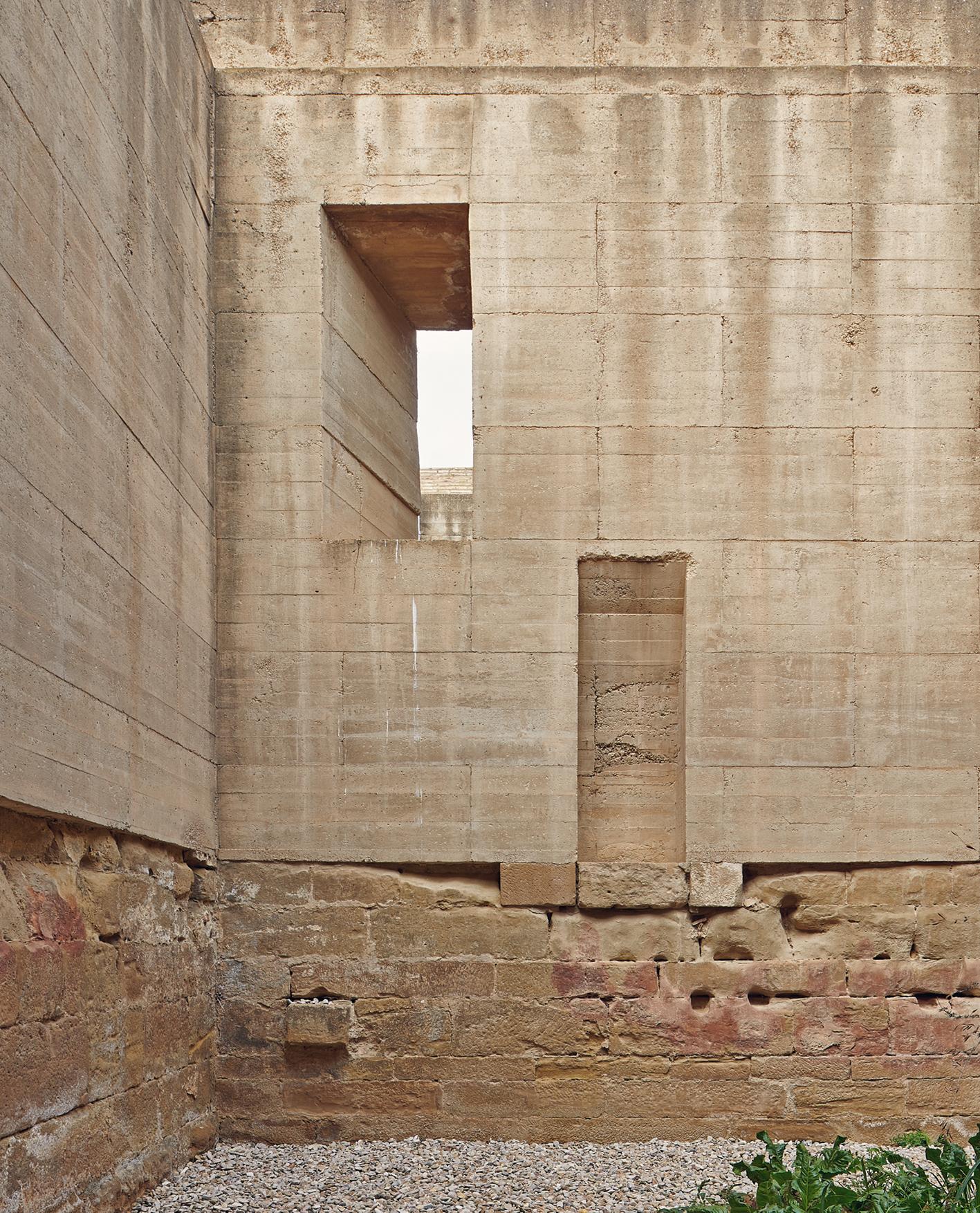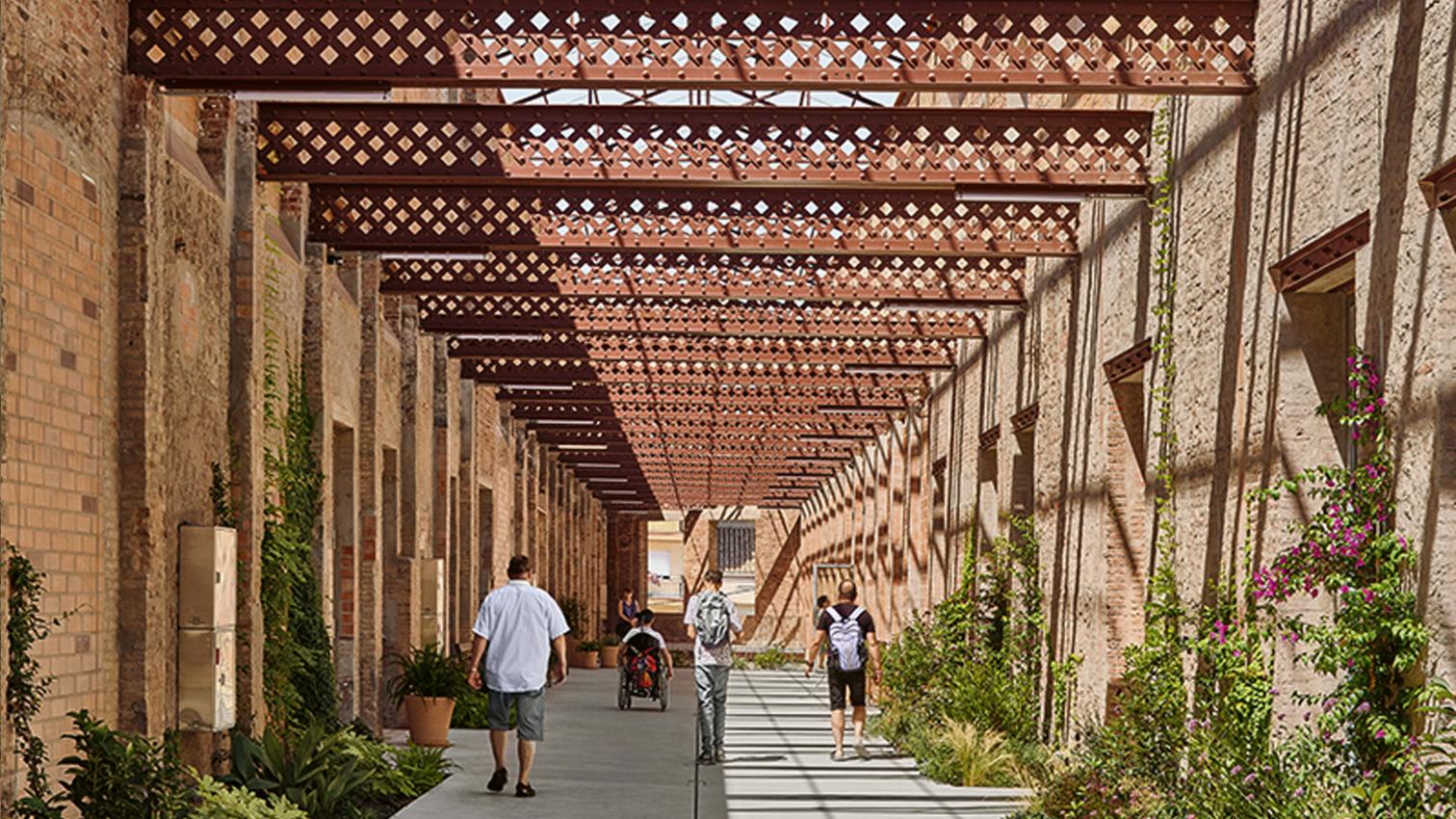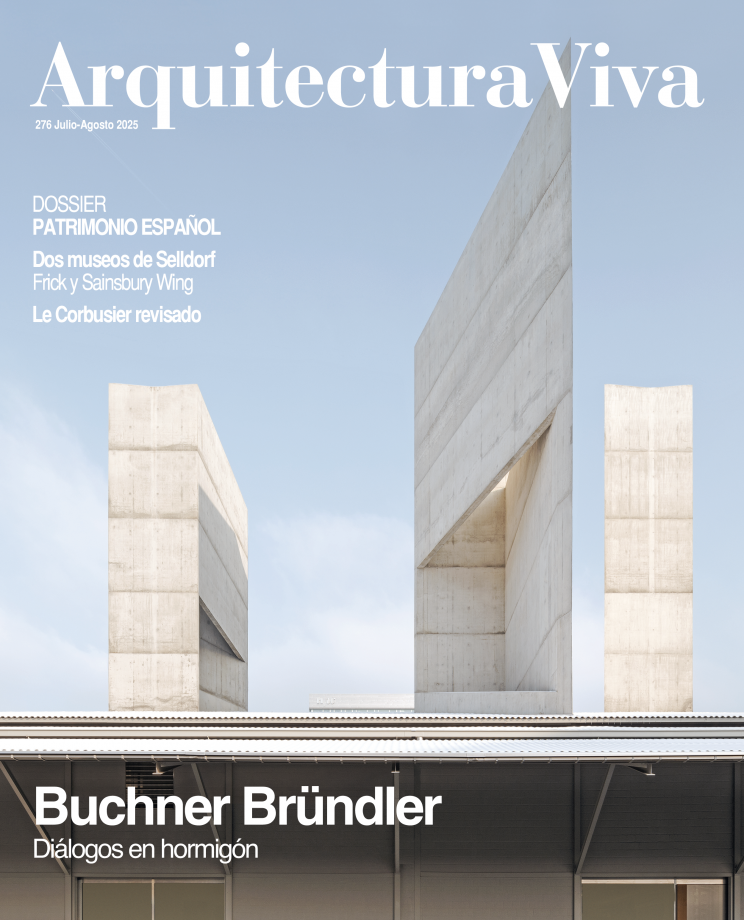Conservation Law
Heritage Protection throughout Spain

Sebastián Arquitectos, Pemán y Franco, Renovation of the dormitory building at the Monastery of Sijena (Huesca)
“Thus do we command that all things which were given to the churches, or will from here on be given to them by kings or others faithful to God, shall ever be safeguarded.” As we undertand it, preserving heritage is largely a modern discipline, but a certain defensive spirit has always existed: already in the 13th century, the Law Code of Alfonso X reflected concerns that artistic treasures, albeit only sacred ones, could be disposed of or not treated as lasting legacies. Even so, preventive measures remained sporadic until way into the 18th century, which brought the Royal Academies of History and Fine Arts and an enlightened Charles III, who as King of Naples had championed the Pompeii excavations.
Always at the heels of France, leader of cultural protection since the Revolution, Spain instigated efforts that took on a more organized form in the course of the 19th century, when a charter signed by Charles IV provided an early definition for the term ‘monument’: “anything whatsoever, albeit unknown, reputed to be old.” This set the grounds for a juridical structure. The exhaustive listing of monuments would not begin until the reign of Isabella II, when the confiscation of ecclesiastical properties laid bare the deterioration of many of the historical complexes that were transferred to other hands, and provincial commissions for monuments were instituted to ensure they were properly restored and maintained. The cathedral of León was named the first national monument in 1844, and the legislative framework strengthened from there on, with increased collective awareness of the cultural value of monuments.
With the last Bourbons, major protectionist advances were made (such as the 1911 law addressing archaeology, the 1915 one covering architectural monuments and the creation of the first national park, the mountain of Covadonga, in 1918), but not until the Second Republic – through the Constitution itself and the definitive law of 1933 – did the State guarantee safeguarding of any cultural manifestation of interest, with the pioneering declaration of the Mystery Play of Elche as a monument. That 1933 statute much inspired the current heritage law, passed in 1985, which placed jurisdiction over monuments in the hands of the autonomous regional communities, establishing a framework which has been progressively adopted by industrial, ethnographic, and other ‘other heritages.’
Without forgetting the challenges that come with it, the decentralization of heritage management has allowed very careful approaches to local realities, making the smallest of treasures shine. This dossier presents a sampling of recent public initiatives, carried out in four Spanish regions, to refurbish fragments of vernacular history: from some tanneries in central Catalonia to the old municipal-council building of a town in Galicia, and from a cistern in Andalusia to a medieval palace along the Basque coast.

Harquitectes, Prodis Headquarters, Tarrasa (Barcelona)






